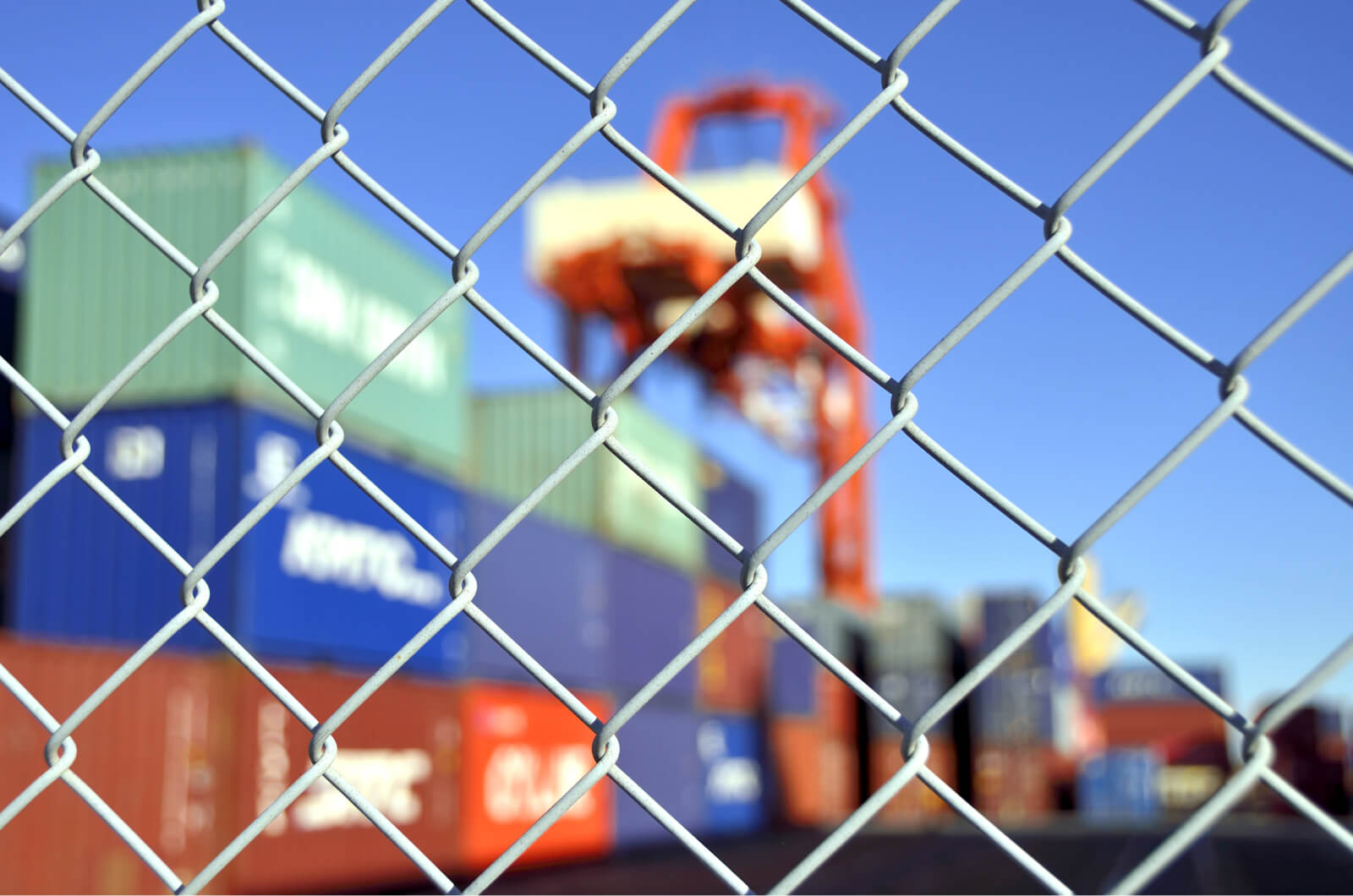
Navigating customs can be a daunting task for shippers. With complex and ever-changing regulations, mountains of paperwork and countless potential pitfalls, ensuring a smooth customs clearance process is cumbersome. I spoke with international shipping expert and FourKites’ GM of Network Collaboration, Glenn Koepke, to learn how international shippers can ensure a seamless import and export process.
When customs clearance goes wrong, it’s often due to at least one of three areas: incorrect data, missing paperwork and/or poor timing on the entry filings. Yes, certain countries may have more nuances and take longer to process. However, robust digital solutions are available to generate accurate documentation, monitor filing and see statuses in real-time.
One of the easiest ways to prevent delays and penalties is by creating detailed process flows leveraging Lean Six Sigma-based tools to understand where the most common defects occur and identify processes that can be eliminated. The end-to-end process is often filled with several parties, multiple systems, and many manual touchpoints — this is why so many companies struggle with customs clearance. But if you invest in the right process and tools, you won’t regret it.
By frequently centralizing to as few parties as possible, you can create density, process efficiencies and familiarity with your business and products. Having experts on hand who can support your organization and provide guidance on classifications, new regulations and changing regulations is a great way to increase expertise without having to staff for it internally. When selecting a customs broker and freight forwarder, make sure they have the competence and proven expertise with similar products, and have them facilitate an end-to-end process walk-through of their services and why it will accelerate your global trade organization.
The simple answer is being hyper-focused on process and process improvement. An importer and exporter must be committed to excellence, whether using third parties or operating in-house with their own resources.
If you don’t know where to start, focus on your top three trade lanes from an expense standpoint and analyze what is a controllable vs. uncontrollable cost. This metric should be reviewed weekly with clear, accountable parties to own and act upon controllable expenses. In addition, assess how strong your global trade compliance organization is and if you even have one. Several third parties can offer advisory services or help you establish your global trade and compliance organization.
If you have embedded analytics at an order and shipment level, the analysis is fairly routine to look at how you’re importing product into the United States and the value. If you are consolidated heavyweight area shipments, it’s a trade-off of duties vs. transportation costs.
Just because the CBP de minimis is higher than it used to be doesn’t mean taking advantage of it will give you a better total landed cost. Breaking apart heavyweight air shipments into international parcel shipments could cause more handling costs, more risks for damages, and less predictability for all of the orders to show up at the same time. Performing scenario-based analysis is the best way to determine the benefit, which is most often helping business-to-consumer (B2C) companies over business-to-business (B2B) organizations.
At a minimum, companies that are operating in-house need a transportation management system (TMS), a global trade compliance system (GTM), and a business intelligence system that sits on top of these applications. The best-in-class companies have also added logistics real-time visibility (RTV) systems to provide real-time in-transit and at-rest status updates, regardless of whether it’s an inland dray move, port-to-port ocean move, or a truckload shipment. Knowing where your goods are at all times and what the ETA is is table stakes to keep customers happy.
Companies that spend less than $10M-$20M in transportation globally can often rely on third-party logistics (3PL) providers to offer both a TMS and people to manage their network. The biggest factor in deciding what is right for your organization is determining if transportation is a core competency for your company.